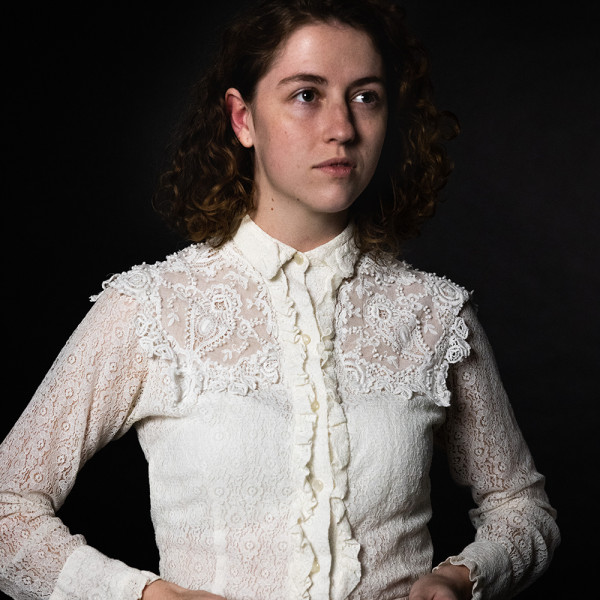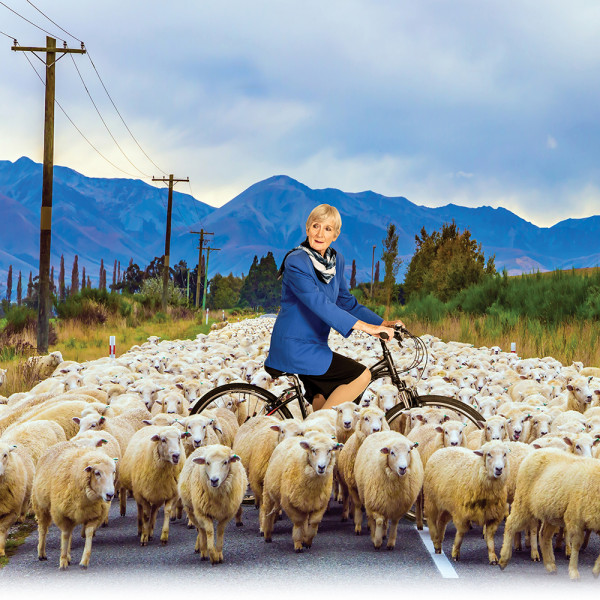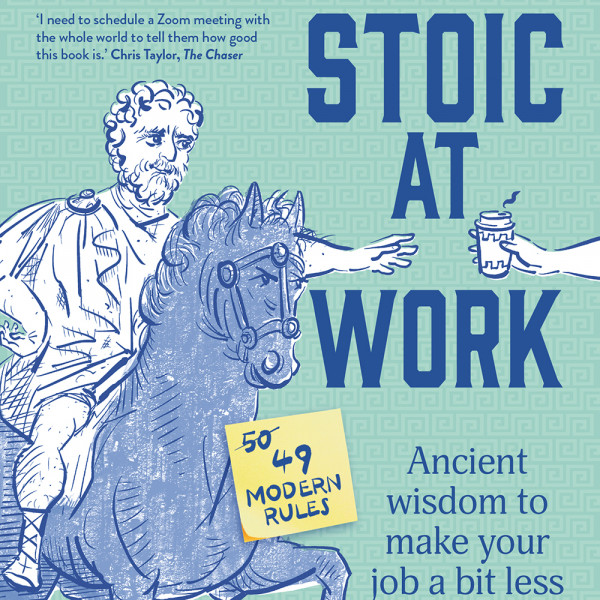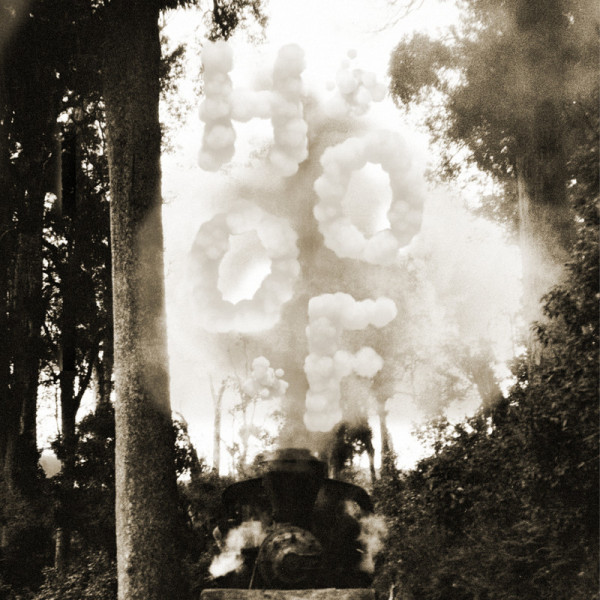
Only Bones – Daniel Nodder
Presented by: Thom Monckton and Daniel Nodder
BATS Theatre, 14th Nov 2023
Reviewed by: Kate Morris
Only Bones, a remarkable physical theatre production created and performed by Daniel Nodder, is an exploration of the human body's expressive potential. This one-man show transcends traditional boundaries of performance, captivating audiences with ingenious use of movement and gesture, and all within a one-square-metre performance space.
Clocking in at just under an hour, tour-de-force Nodder unfolds without a single spoken word, relying entirely on the language of the body to convey everything from The Big Bang to the invention of fire to a truly striking performance of Shallow from A Star Is Born (2018) using his kneecaps. Yep, you read that right. In my 34 years of living, I never expected to see a ballad between patellas. But that is exactly what keeps me excited about theatre and performers like Nodder – seeing boundaries being pushed to create something truly unique. And believe me, you haven’t seen anything like this before, or the 10 versions that came before it.
Created by Thom Monckton, The Only Bones Project is a minimalist physical theatre and sparse-video performance project with the guidelines of ‘only one light, no narrative, no set, no props, no text, and all within a limited amount of space’. Performers create their own world within this concept. Nodder epitomises that sage advice, ‘less is more’. The command of his body is remarkable, sometimes cringe-inducing, with audience members gasping at joints going this way and that. From teeth to toes, Nodder can isolate his body parts and give each a personality of their own.
This fascinating and playful performance is set within the wonderful composition and sound design of Ben Kelly and lighting design of Rebekah de Roo. All components are weaved together so harmoniously.
After watching in awe and pondering how one might even discover they can contort their body this way, my afterthought was how much this performance is a testament to the creative’s commitment to expression and their craft.






















